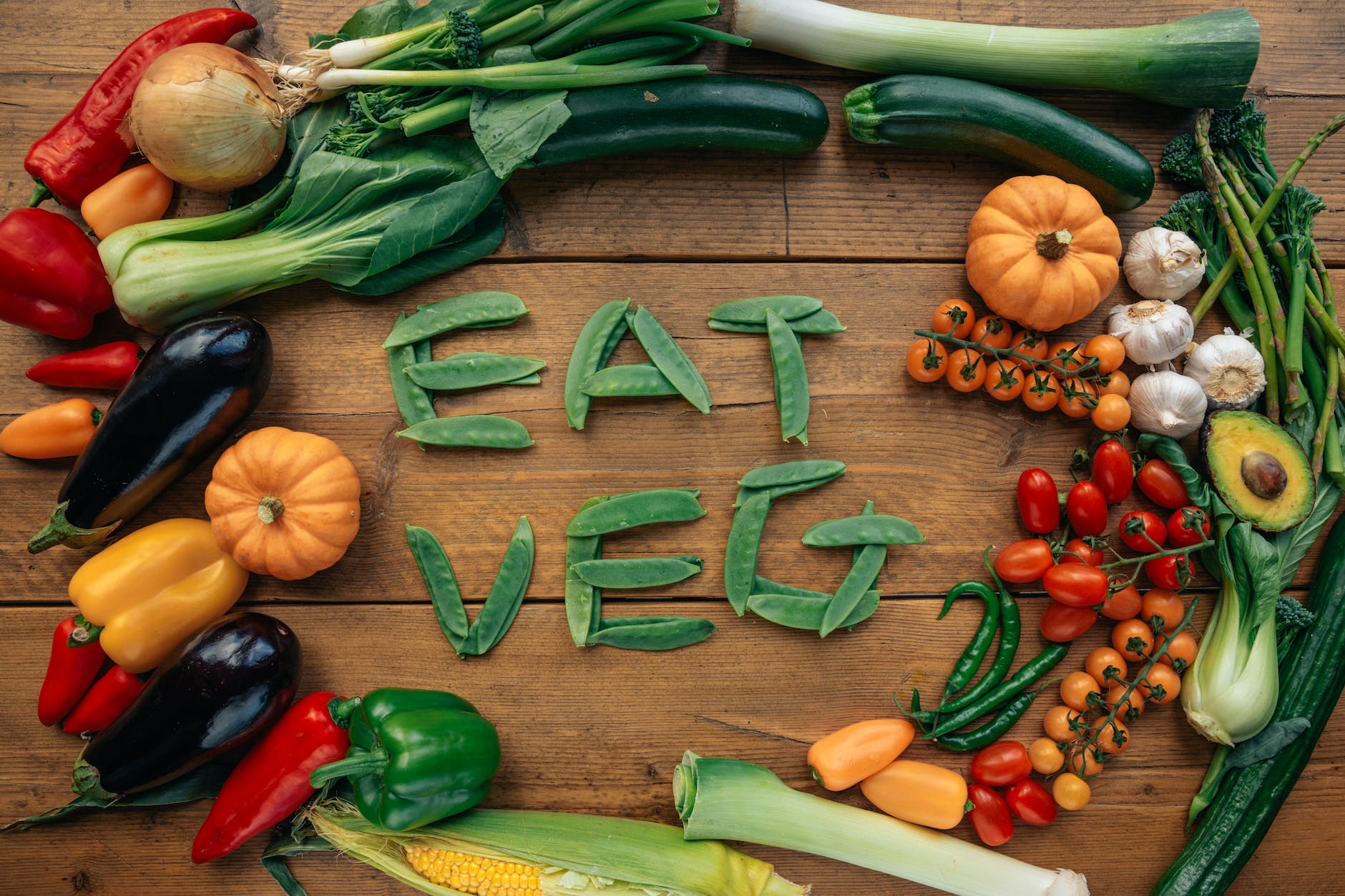Plan An Allotment Guide
Planning an allotment is an exciting and rewarding experience that can provide you with fresh and healthy produce, as well as a chance to connect with nature and learn new skills. Whether you are a seasoned gardener or a beginner, there are several key steps to consider when planning your allotment.
Step 1: Choosing a location
The first step in planning an allotment is to choose a suitable location. This should be a sunny spot with good soil and access to water. Look for a place that is sheltered from strong winds and has good drainage. If you have a choice of plots, try to pick one that is relatively flat and easy to access. Consider the distance to your home, as you will need to make regular trips to tend to your crops.
Step 2: Measuring the plot
Once you have chosen your location, it is time to measure your plot. Use a tape measure or string to mark out the boundaries of your plot. Take note of the dimensions and shape of your plot, and consider any irregularities, such as trees or rocks, that may affect your plans. This information will be useful when you create a layout for your allotment.
Step 3: Deciding what to grow
Before you start planting, it is important to decide what crops you want to grow. Consider the amount of space you have, the time of year, and your personal preferences. Start with easy-to-grow vegetables such as tomatoes, lettuce, and beans, and then gradually add more challenging crops as you gain experience. You may also want to consider growing herbs, fruits, and flowers to add variety and beauty to your plot.
Step 4: Creating a layout
Once you have decided what to grow, it is time to create a layout for your allotment. Draw a plan of where you will plant each crop, including any paths, beds, or trellises. This will help you visualize how your plot will look and ensure that you make the most of the available space. Consider using raised beds to make the most efficient use of your plot and make it easier to tend to your crops. Be sure to leave enough space between your plants to allow for growth and air circulation.
Step 5: Preparing the soil
Before you start planting, you will need to prepare the soil. Clear the plot of weeds, rocks, and other debris, and add compost or other organic matter to enrich the soil. You can also test the pH of the soil and add lime or sulfur as needed to ensure that the soil is at the right acidity level for your crops. Consider using mulch to retain moisture and suppress weeds, and cover your plot with a tarp or sheet to warm up the soil before planting.

Step 6: Planting
Now it’s time to start planting! Follow your plan and plant your crops according to their spacing requirements. Be sure to water your plants regularly, and consider using a drip irrigation system or soaker hose to conserve water and minimize the risk of disease. You may also want to add supports such as stakes or trellises for climbing plants. Consider planting companion plants to help repel pests and attract beneficial insects.
Step 7: Maintaining the plot
To ensure that your crops thrive, you will need to maintain your allotment. Water, weed, and fertilize your crops as needed, and take measures to prevent pests and diseases. Consider using organic methods such as companion planting, crop rotation, and natural pest repellents. Be sure to harvest your crops when they are ripe, and store them in a cool, dry place. Consider sharing your surplus produce with friends, family, or your local community.
Step 8: Harvesting
Enjoy the fruits of your labor and reap the benefits of your homegrown produce. Harvest your crops when they are ripe and ready to be eaten or stored. Some crops, such as tomatoes, will continue to ripen after they are picked, while others, such as lettuce, should be harvested when they are mature. Be sure to check the specific harvesting requirements for each crop you are growing.
Once you have harvested your crops, you may want to preserve them for later use. You can freeze, can, or dehydrate many fruits and vegetables to enjoy them throughout the year. Be sure to follow safe food preservation practices to ensure that your produce is safe to eat.
Planning an allotment can be a fun and rewarding experience. By choosing a suitable location, deciding what to grow, creating a layout, preparing the soil, planting, maintaining the plot, and harvesting your crops, you can enjoy fresh, healthy produce and a deeper connection to nature. Whether you are a beginner or an experienced gardener, there is always more to learn and discover in the world of allotment gardening.




